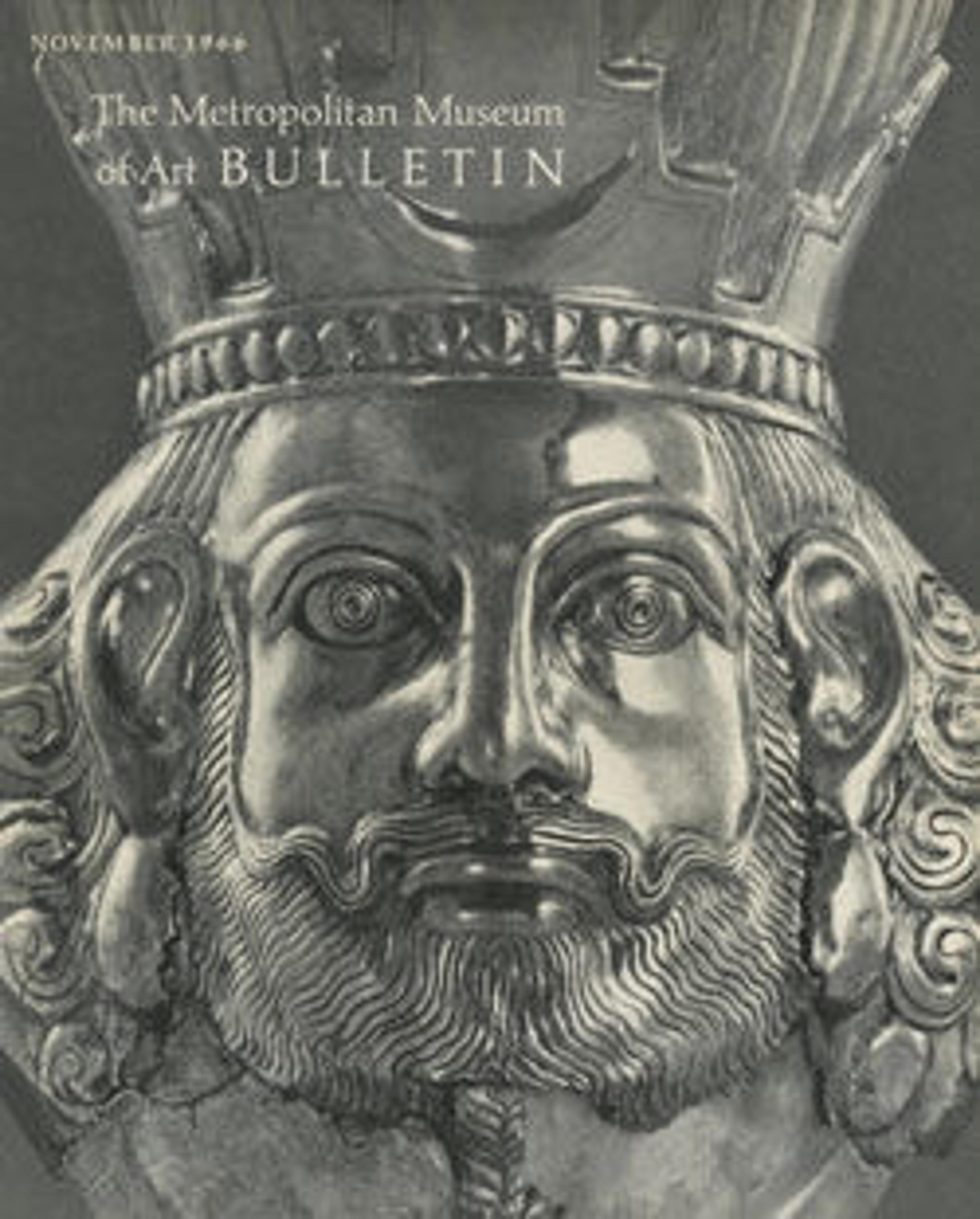Lower half of a human head in the round
Excavations at Hasanlu in Iran yielded a large number of carved ivory fragments which probably decorated wooden furniture or were used as small precious objects such as boxes. The citadel at Hasanlu was attacked and destroyed around 800 B.C., most likely by military forces of the powerful state of Urartu, centered in present-day Armenia, eastern Turkey, and northwestern Iran. In the fire that destroyed the citadel, many objects were crushed and shattered. The blackened appearance of most of the Hasanlu ivories is due to their exposure to high temperatures at the time of the citadel’s destruction.
This head carved in the round is broken just below the eyes and missing its nose, but the sculptor’s skill is evident in the sensitive modeling of the high cheekbones, prominent cleft chin, and the full mouth with its slightly projecting upper lip. The eye sockets were hollowed out to receive inlays, now missing. The back is also broken away, leaving no clear trace of how the head was attached to another element. Its smooth, beardless face and slender neck suggest it depicts a female figure.
This head carved in the round is broken just below the eyes and missing its nose, but the sculptor’s skill is evident in the sensitive modeling of the high cheekbones, prominent cleft chin, and the full mouth with its slightly projecting upper lip. The eye sockets were hollowed out to receive inlays, now missing. The back is also broken away, leaving no clear trace of how the head was attached to another element. Its smooth, beardless face and slender neck suggest it depicts a female figure.
Artwork Details
- Title:Lower half of a human head in the round
- Period:Iron Age II, Hasanlu Period IV
- Date:ca. 9th century BCE
- Geography:Iran, Hasanlu
- Culture:Iran
- Medium:Ivory
- Dimensions:1 3/4 × 1 3/16 × 3/4 in. (4.4 × 3 × 1.95 cm)
- Credit Line:Rogers Fund, 1965
- Object Number:65.163.6
- Curatorial Department: Ancient West Asian Art
More Artwork
Research Resources
The Met provides unparalleled resources for research and welcomes an international community of students and scholars. The Met's Open Access API is where creators and researchers can connect to the The Met collection. Open Access data and public domain images are available for unrestricted commercial and noncommercial use without permission or fee.
To request images under copyright and other restrictions, please use this Image Request form.
Feedback
We continue to research and examine historical and cultural context for objects in The Met collection. If you have comments or questions about this object record, please contact us using the form below. The Museum looks forward to receiving your comments.
